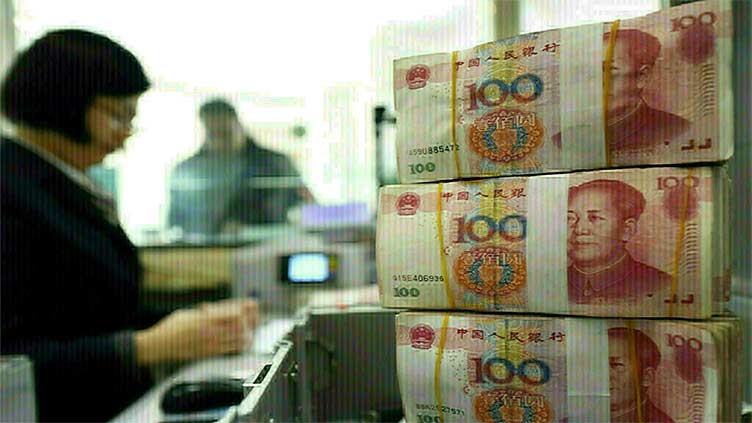China's yuan plumbs seven-week lows on signs Sino-US tensions escalating

Business
China's yuan hovers at 7-week low, market awaits clues from annual parliament.
SHANGHAI (Reuters) - China’s yuan plumbed seven-week lows against the dollar, easing slightly on Friday and looking set for a fifth straight weekly loss, with investors unsettled by signs that Sino-US tensions were escalating.
The United States is set to expand the number of troops helping train Taiwanese forces, two US officials said on Thursday, at a time of heightened tensions between Washington and Beijing.
Bilateral relations have long been one of key factors influencing the currency market during the past few years, and traders said the latest development dented sentiment toward the yuan.
China’s yuan hovers at 7-week low, market awaits clues from annual parliament
“Investors pessimism slightly picked up,” said a trader at a Chinese bank.
Prior to the market opening, the People’s Bank of China (PBOC) set the midpoint rate at 6.8942 per dollar, 86 pips or 0.12% firmer than the previous fix of 6.9028.
In the spot market, the onshore yuan opened at 6.9139 per dollar and weakened to a low of 6.9220 at one point, the softest level since Jan. 3. By midday, it was changing hands at 6.9183, 95 pips weaker than the previous late session close.
If the yuan finishes the late night session at that level it would have lost 0.75% to the dollar for the week.
Several traders said they were watching the next support level of 6.95 per dollar after the spot price breached the psychologically critical 6.9 level.
But they also noted investors would quickly shift their focus to US Personal Consumption Expenditures (PCE) price index, due for release later in the session. The data is expected to show a slower annual increase for January.
Recent strong US economic data and hawkish rhetoric from Federal Reserve officials have underpinned the dollar and pressured non-dollar currencies including the yuan.
Meanwhile, in China, analysts widely expect some improvements in the upcoming factory manufacturing data due on March 1, as Beijing’s exit from its zero-Covid strategy should boost economic activity.
“February’s manufacturing PMI data will be a key mover of China’s financial markets,” analysts at ANZ said in a note.
“We expect a stronger reading at 50.5, thanks to the reopening as well as post-holiday surge in production,” they said, adding that it was unlikely that the PBOC would ease monetary policy in the near term.
Separately, traders said market participants were watching out for the appointment of a new governor of the PBOC. Sources told Reuters that Zhu Hexin, a career banker and head of a state-run financial conglomerate was likely to be chosen.
By midday, the global dollar index stood at 104.548, while the offshore yuan was trading at 6.9282 per dollar.
The one-year forward value for the offshore yuan traded at 6.7577 per dollar, implying a 2.52% appreciation within 12 months.

